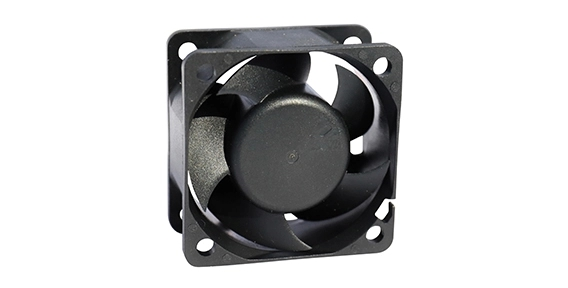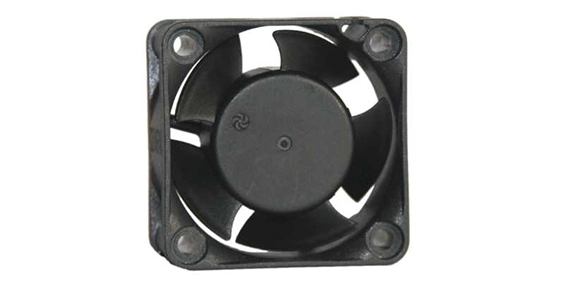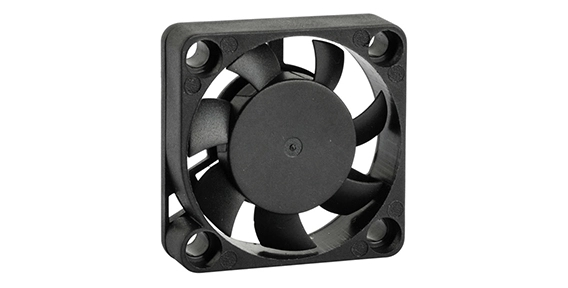Size Matters: Selecting the Right Dimensions for the DC Axial Fan
When choosing a DC axial fan, one of the most important factors to consider is its size. The size of the fan will determine its airflow and pressure capabilities, as well as its compatibility with the intended application. Selecting the right dimensions for the DC axial fan is crucial for ensuring optimal performance and efficiency.
DC axial fans come in various sizes, ranging from small units suitable for personal electronics to larger fans used in industrial applications. The size of the fan is usually indicated by its diameter, measured in millimeters. Common sizes include 40mm, 60mm, 80mm, 120mm, and 200mm, among others.
To determine the appropriate size for a DC axial fan, it is important to consider the specific requirements of the application. Factors such as the heat generated by the equipment, the available space for installation, and the desired airflow and pressure levels should all be taken into account.
Smaller fans are typically used in compact electronic devices where space is limited. These fans are designed to provide sufficient airflow to cool sensitive components without taking up too much space. On the other hand, larger fans are used in applications that require higher airflow and pressure, such as cooling systems for server racks or ventilation in industrial settings.
Fine-Tuning Airflow and Pressure: DC Axial Fan Customization Essentials
While the size of the DC axial fan plays a significant role in determining its performance, there are additional customization options available to further fine-tune airflow and pressure. These customization essentials include features such as blade design, motor power, and control options.
The blade design of the fan plays a crucial role in determining its airflow and pressure capabilities. Different blade shapes and angles can have a significant impact on the fan's performance, allowing for adjustments to meet specific requirements. For example, curved blades are often used to maximize airflow, while straight blades are more suitable for high-pressure applications.
The motor power of the DC axial fan also plays a vital role in its performance. Higher motor power means increased airflow and pressure capabilities. However, it is essential to select a motor that is compatible with the power supply and can operate efficiently without excessive energy consumption.
Furthermore, control options such as variable speed settings or temperature sensors can be used to customize the fan's performance based on real-time conditions. These features allow for automatic adjustments to airflow and pressure levels, optimizing cooling efficiency and reducing energy consumption.

Environmental Adaptability: The DC Axial Fan Suited for Any Condition
In addition to size and customization options, another essential aspect of the axial cooling fan is their environmental adaptability. These fans are designed to operate in a wide range of conditions, from indoor environments to harsh outdoor environments.
DC axial fans are built with durable materials that can withstand various environmental factors, such as temperature fluctuations, dust, humidity, and even vibration. These fans are often equipped with protection features, such as dust filters and IP-rated enclosures, to ensure reliable operation in challenging conditions.
Overall, customizing DC axial fans for specific applications ensures maximum efficiency and performance. By selecting the right dimensions, fine-tuning airflow and pressure, considering environmental adaptability, and tailoring the fan to the specific requirements of the application, businesses can optimize cooling efficiency and prolong the lifespan of equipment.


 EN
EN 
 +
+
 +
+
 +
+



